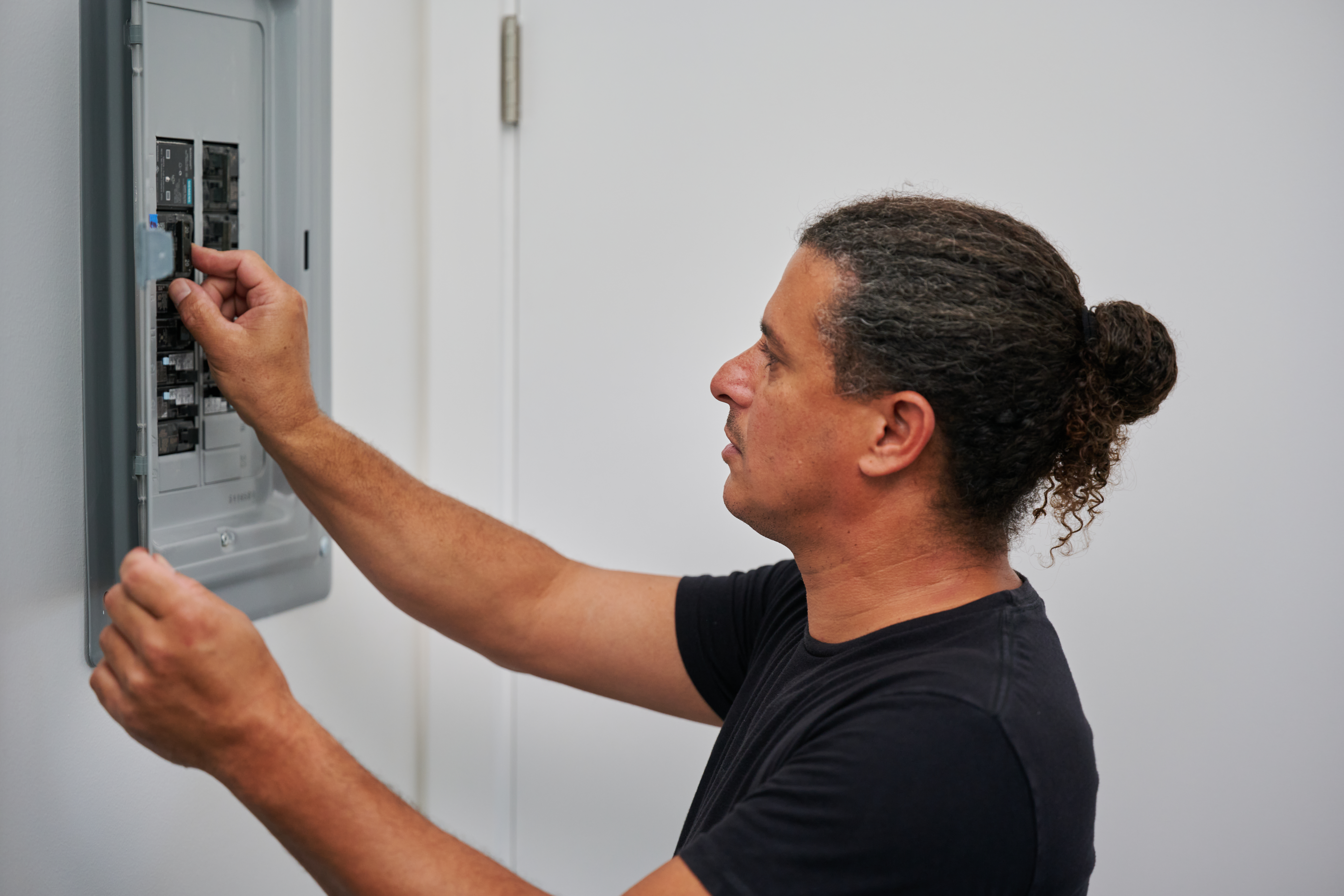NWI Generator
NWI Generator
Northwest Indiana Generator of Crown Point,IN, was established in 2002 to service the surrounding area and provide residents with all their standby electric power solutions. Our staff of knowledgeable, dedicated professionals takes pride in providing outstanding, personalized service to our customers and our community. Call us today and become one of our many satisfied customers.
"luke ben and damon were very knowledgeable and professional.they did a great job and left the job spotless i would highly recommend this company"
Michael D on May 2024
Northwest Indiana Generator of Crown Point,IN, was established in 2002 to service the surrounding area and provide residents with all their standby electric power solutions. Our staff of knowledgeable, dedicated professionals takes pride in providing outstanding, personalized service to our customers and our community. Call us today and become one of our many satisfied customers.
"luke ben and damon were very knowledgeable and professional.they did a great job and left the job spotless i would highly recommend this company"
Michael D on May 2024






















